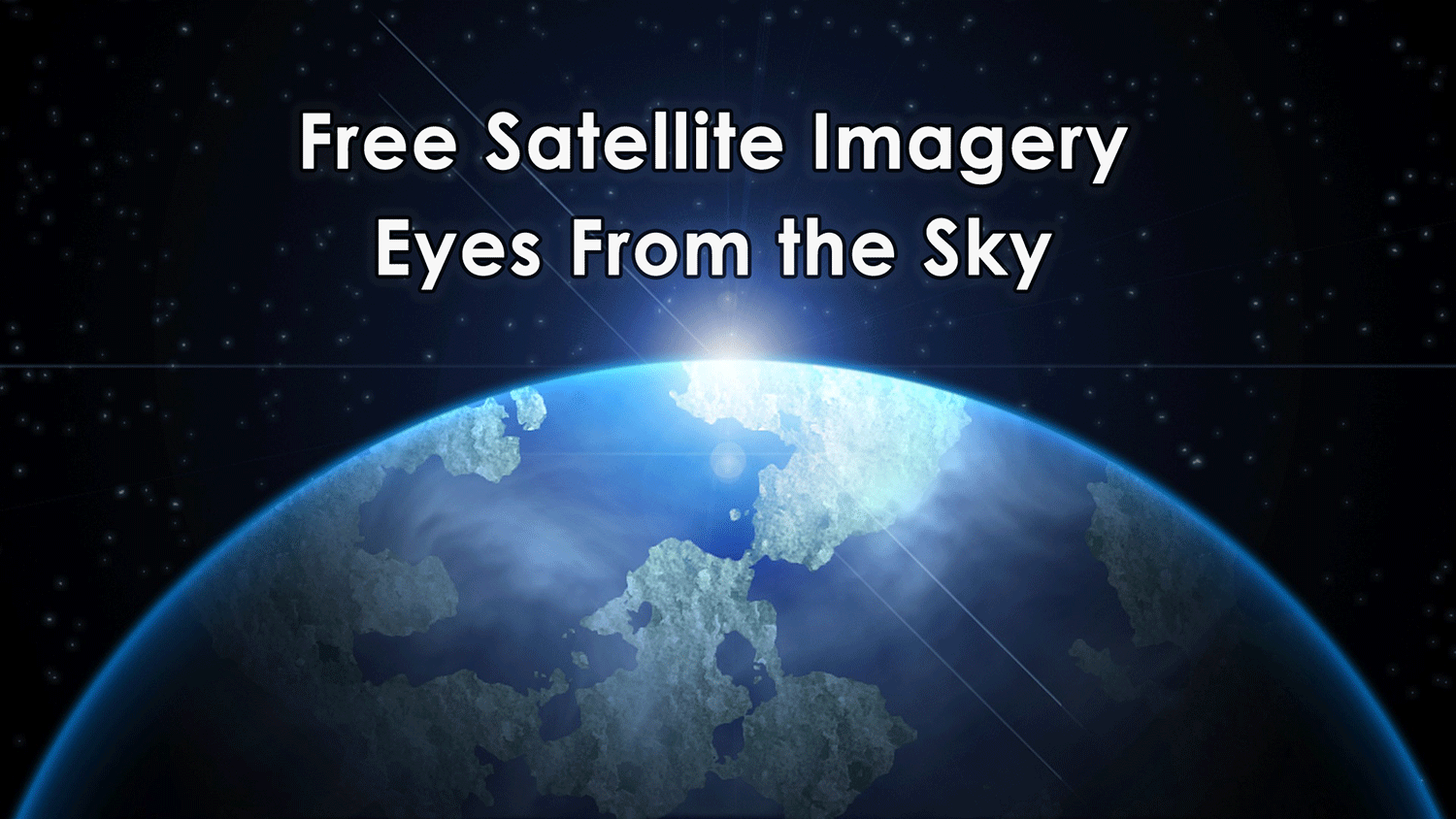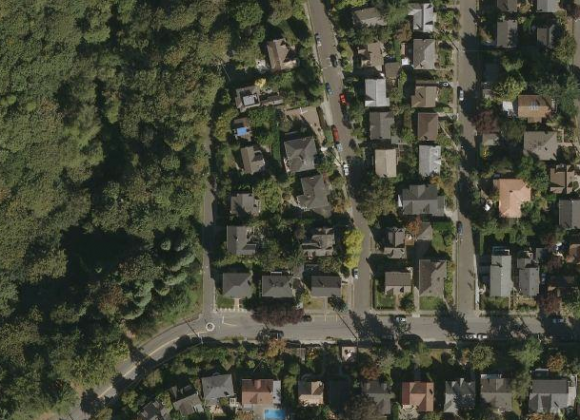
One of the most important features of the Satellite Maps service is the interoperable nature of the data upon which it is built. Still have questions? Learn more on the NOAA Satellite Maps FAQ Page. Whether you’re a satellite expert or a novice, get ready to immerse yourself in the latest real-time views of our majestic planet Earth. NOAA Satellite Maps places the world in your hands. Images in this archive date back to 2014. The polar satellites circle the globe 14 times daily and capture a complete daytime view of our planet once every 24 hours.
Global Archive provides a daily view of the whole Earth, captured by our polar-orbiting satellites (NOAA/NASA Suomi NPP and NOAA-20). This imagery is updated every 15 minutes. Latest 24 Hours(Western Hemisphere) displays the most recent 24 hours ofvisible(GeoColor),infraredandwater vaporimagery from the NOAA GOES East satellite. Zoom in on different locations, and use the camera tool to capture and download your favorite views of the Earth! Two options are available: These two web maps include a time slider that allows you to see current and past satellite imagery. 

Latest 24 Hours and Global Archive - Downloadable Imagery
True Color(Global) shows land, water, and clouds as they would appear to our eye from space, captured each day by the NOAA-20 polar-orbiting satellite.  Water Vapor(Western Hemisphere) shows the concentration and location of water vapor in the atmosphere, captured by GOES East. Infrared(Western Hemisphere) shows heat radiating off of clouds and the surface of the Earth, captured by GOES East. GeoColor(Western Hemisphere) shows visible satellite imagery as the human eye would see Earth from space, captured by the GOES East (GOES-16) satellite. Use the 3D Earth Scene to take a trip around the globe or zoom in to find your neighborhood! Four different datasets help you view Earth from different perspectives: At the click of a button, you’ll be able to see the latest weather patterns around the globe, including high-resolution cloud features and storm imagery, just as NOAA satellites see them from space.
Water Vapor(Western Hemisphere) shows the concentration and location of water vapor in the atmosphere, captured by GOES East. Infrared(Western Hemisphere) shows heat radiating off of clouds and the surface of the Earth, captured by GOES East. GeoColor(Western Hemisphere) shows visible satellite imagery as the human eye would see Earth from space, captured by the GOES East (GOES-16) satellite. Use the 3D Earth Scene to take a trip around the globe or zoom in to find your neighborhood! Four different datasets help you view Earth from different perspectives: At the click of a button, you’ll be able to see the latest weather patterns around the globe, including high-resolution cloud features and storm imagery, just as NOAA satellites see them from space.







 0 kommentar(er)
0 kommentar(er)
